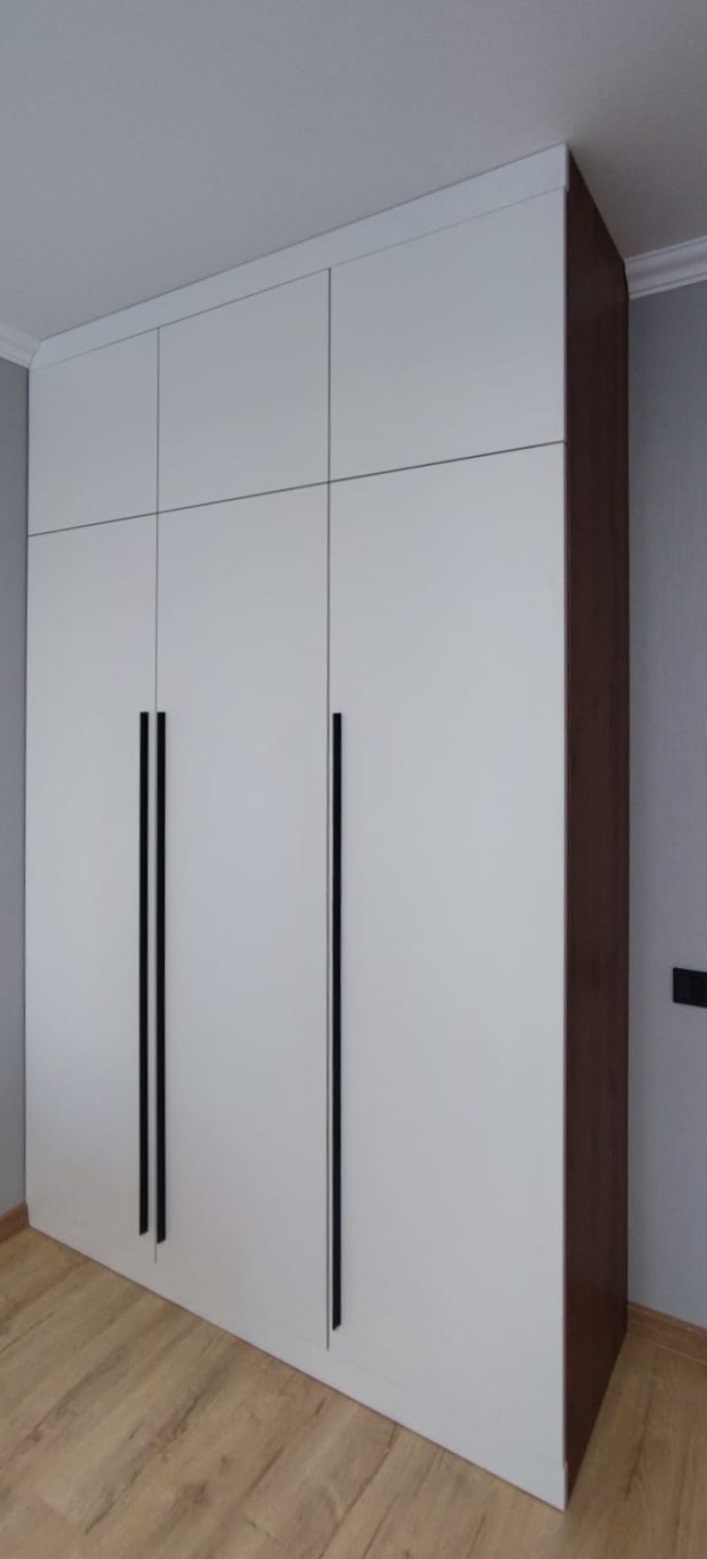Refined Gourmet Kitchen Redesigns
Introduction to Gourmet Kitchen Elegance
When it comes to the heart of the home, a gourmet kitchen stands out as a sanctuary for both cooking aficionados and those who appreciate refined aesthetics. Redesigning a kitchen to exude elegance while being fully functional for the preparation of gourmet meals requires thoughtful consideration of both form and function. In this article, we explore the essential elements that contribute to the creation of a sophisticated and efficient gourmet kitchen.
The Essentials of a Gourmet Kitchen Layout
A well-planned layout is the foundation of a gourmet kitchen. Ergonomics and flow are key considerations, to ensure that the spaces for prepping, cooking, and cleaning are logically arranged and seamlessly integrated. A spacious center island often serves as the focal point, providing ample room for food preparation and casual dining. Walkways should be wide enough to allow easy movement, even when the kitchen is full of guests or family members assisting in meal preparation.
High-End Appliances for the Gourmet Chef
No gourmet kitchen is complete without a suite of professional-grade appliances. Dual ovens, gas ranges with multiple burners, and a large refrigerator with specialized storage zones are typical in such spaces. Modern gourmet kitchens may also feature wine fridges, warming drawers, and advanced technology like smart ovens and induction cooktops that offer precision and efficiency. The investment in high-quality appliances ensures that the kitchen not only looks the part but also performs to the highest standards.
Luxury Materials and Finishes
The selection of materials and finishes plays a significant role in achieving a refined look. Granite, marble, or quartz countertops are popular choices due to their beauty and durability. High-end cabinetry crafted from solid woods and fitted with elegant hardware can transform the space. Whether you select sleek, contemporary finishes or opt for more traditional styling, the materials used should reflect a sense of luxury and cohesion throughout the kitchen.
Lighting Design for Atmosphere and Functionality
Effective lighting is crucial in a gourmet kitchen. Layered lighting designs that include ambient, task, and accent lighting can enhance the elegance of the space while providing adequate illumination for cooking tasks. Pendant lights over the island or a striking chandelier can serve as a design statement, while under-cabinet lighting ensures that work surfaces are well-lit. The ability to adjust lighting levels is also important, allowing the kitchen to transition from a bright, functional workspace to a warmly lit gathering space.
The Importance of Ample and Organized Storage
Organization is paramount in a gourmet kitchen. Custom cabinetry with built-in organizers, a walk-in pantry, or a butler's pantry offer specialized storage solutions for everything from spices and baking ingredients to pots, pans, and utensils. Ensuring that every tool has its place not only contributes to a streamlined aesthetic but also enhances the joy and ease of cooking.
Adding Personal Touches
While functionality is essential, infusing the kitchen with personal touches will give it character and warmth. Displaying a collection of cookbooks, selecting unique backsplash tiles, or incorporating family heirlooms as part of the decor adds to the kitchen's unique charm. A well-curated selection of art or decorative pieces can also elevate the space, ensuring that it reflects the owners' tastes and passions.
Conclusion
In conclusion, crafting a refined gourmet kitchen involves meticulous attention to layout, appliances, materials, lighting, and storage. By balancing these elements with personalized details, one can achieve a kitchen that is not only a chef's dream but also a stunning centerpiece of the home. Redesigning your kitchen with these guidelines in mind will create a luxurious space that is perfect for both culinary creativity and sophisticated entertaining.
